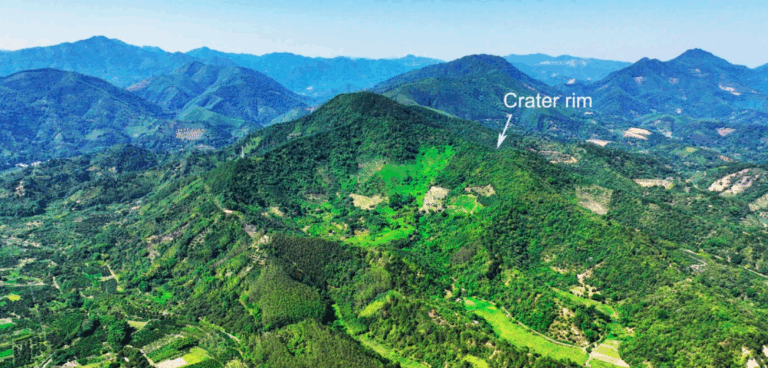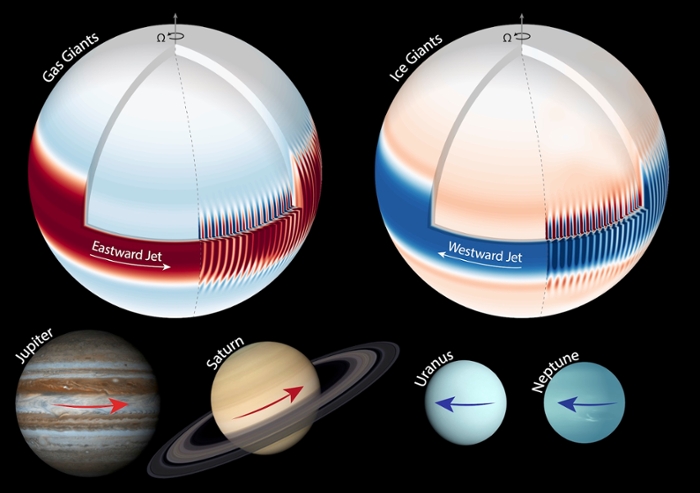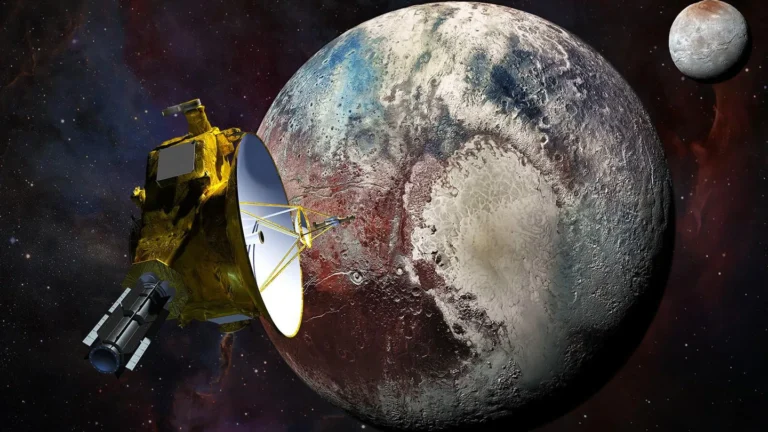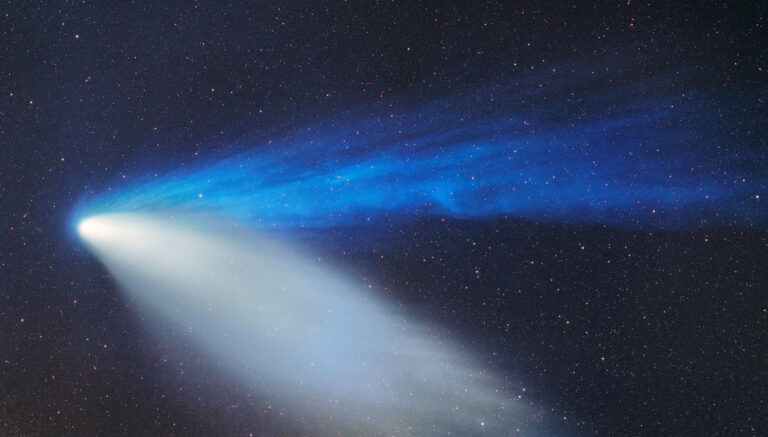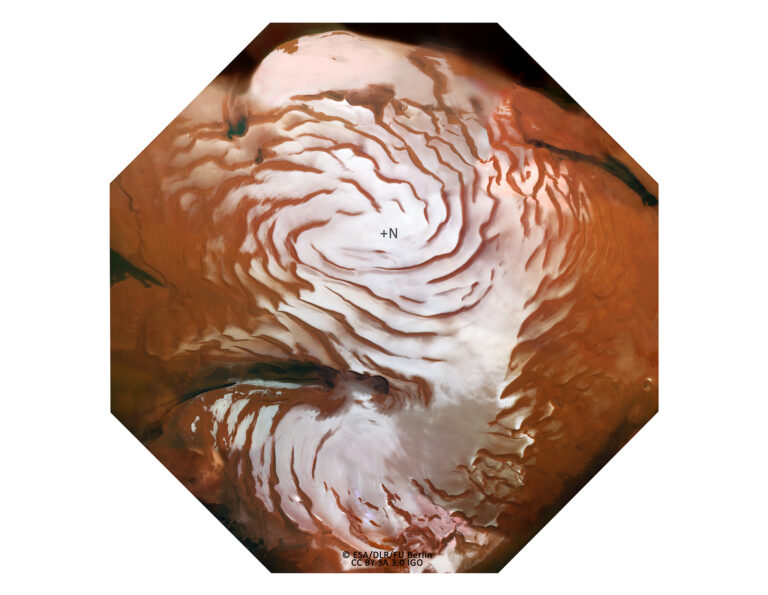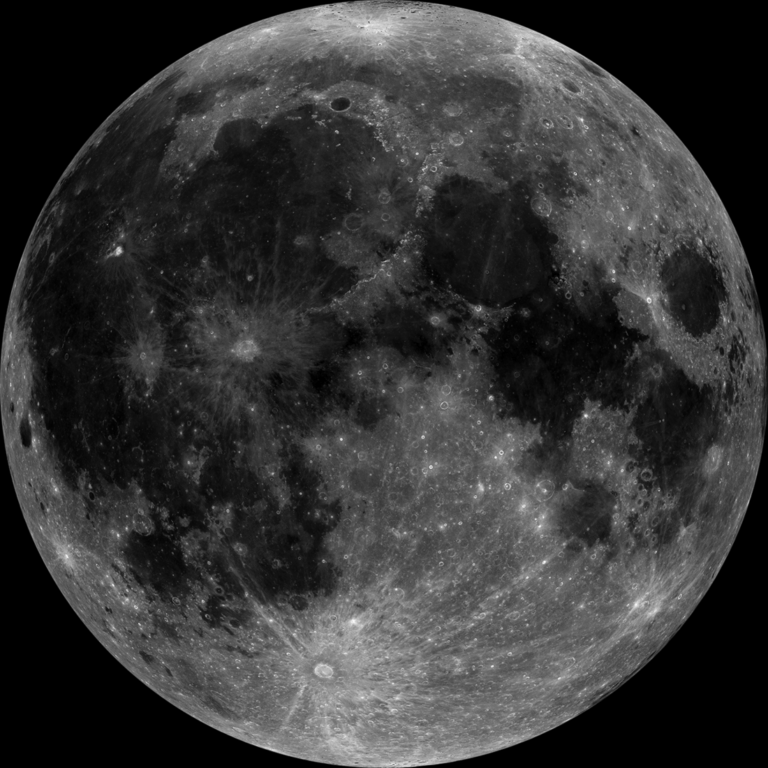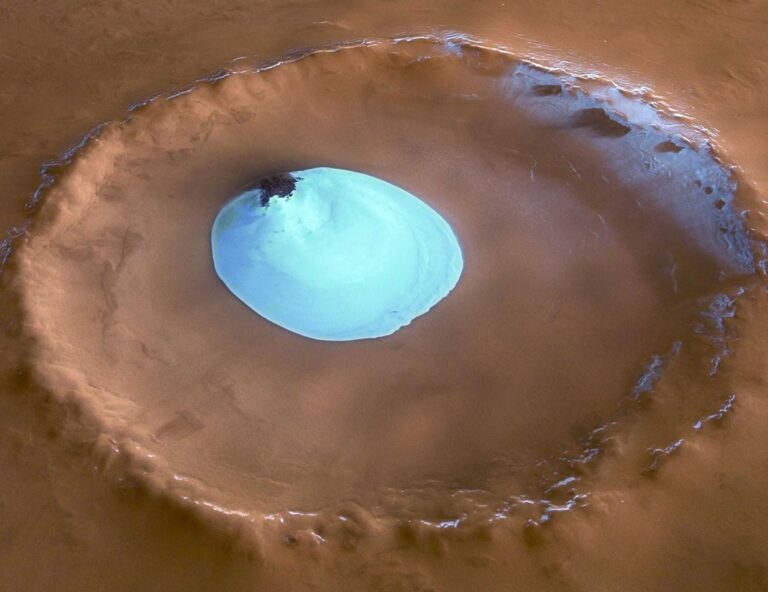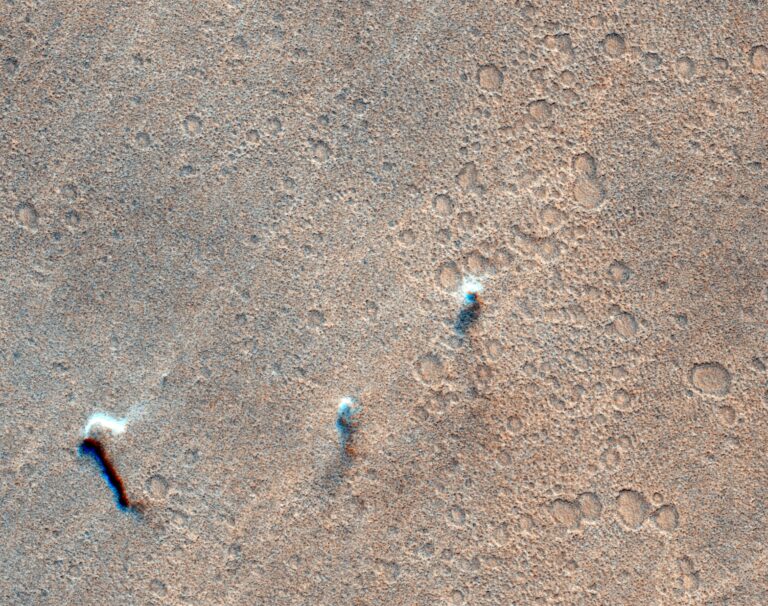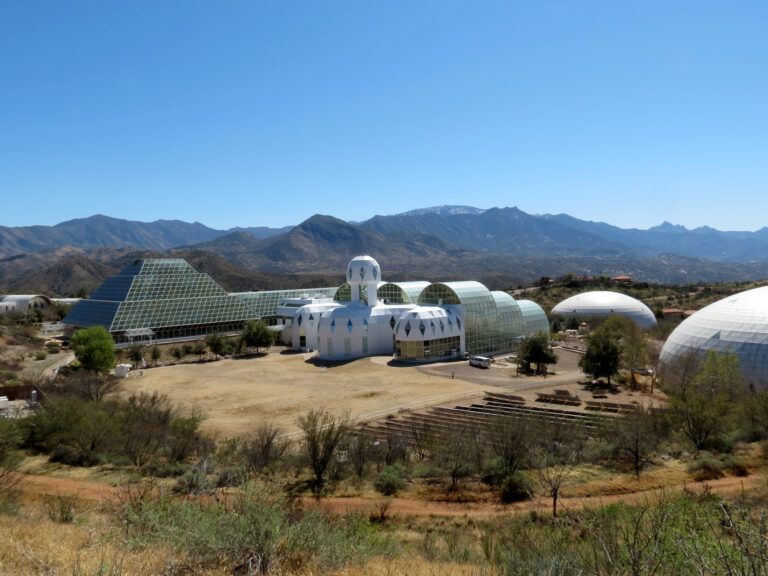Key Takeaways:
- The Sun's expansion will exceed Earth's current orbital radius (1 AU).
- Solar mass loss via stellar wind will cause planetary orbital expansion.
- While initial orbital expansion may temporarily safeguard Earth, solar tides will ultimately exert a significant inward pull.
- The ultimate fate of Earth remains uncertain due to the lack of observational data on stellar evolution's effects on planetary systems.
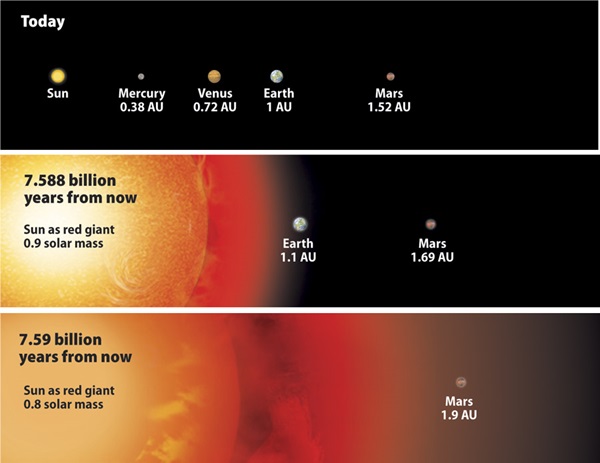
The Sun will grow larger and extend beyond Earth’s current orbit (an astronomical unit, or AU). Our star will also blow away mass in a steady wind. So our planet’s orbit will expand and Earth should be safe — until the Sun’s gravitational tides pull it in.
Astronomy: Roen Kelly, after Klaus-Peter Schroeder and Robert Cannon Smith
No one knows exactly what will happen to all the planets because we have yet to observe an entire planetary system experiencing this kind of stellar evolution. At the Sun’s largest size, all of the planets will have expanded their orbits by about 1.5 times — Mercury and Venus definitely will lose the race, but Earth should remain just outside the Sun’s surface. They steal energy from the planet’s orbit, so that over a long enough time, the Sun’s tides suck in the world. Unfortunately, that’s probably what will happen to Earth.

